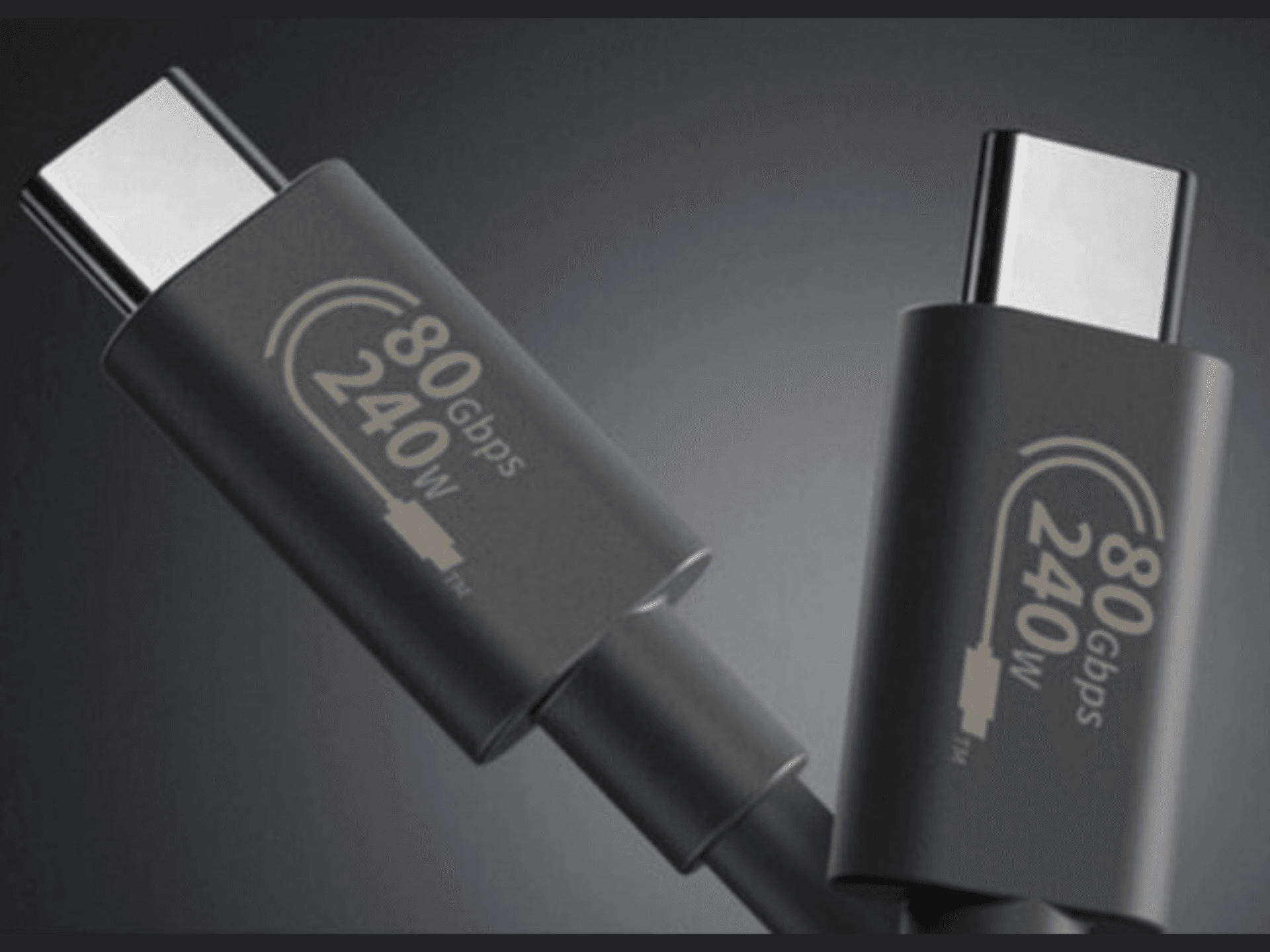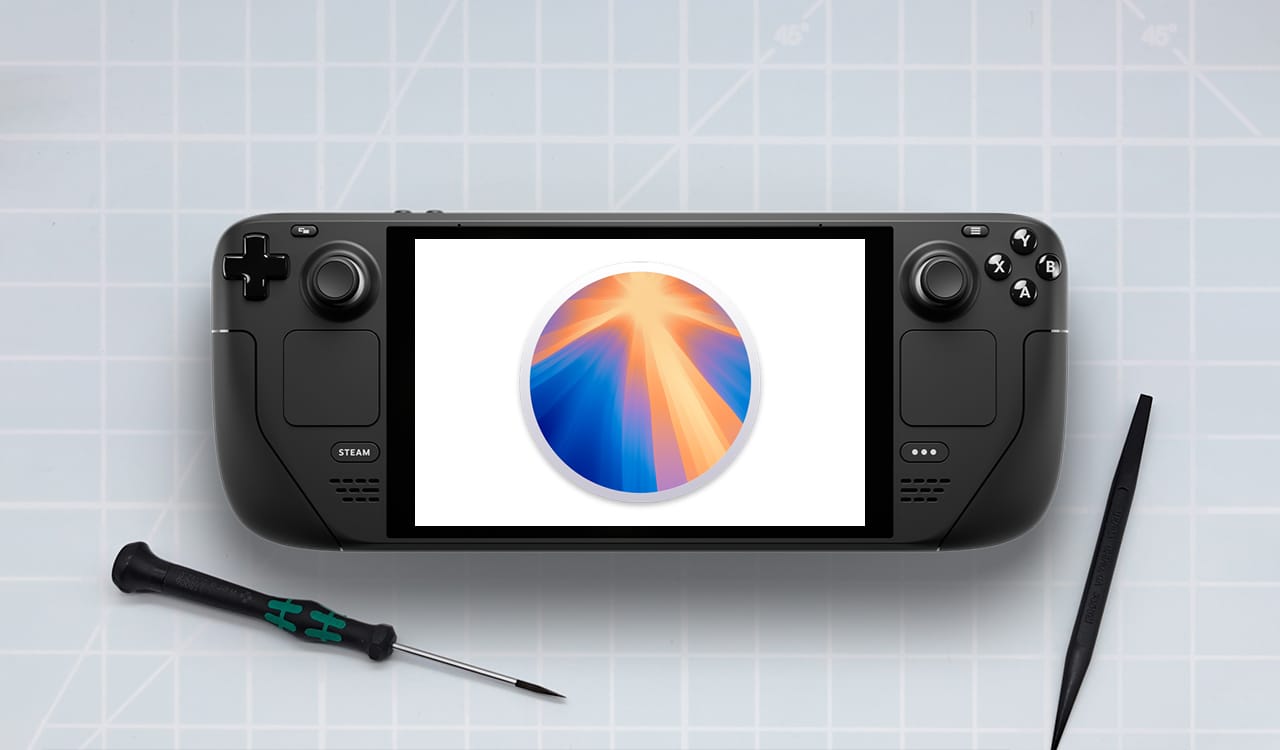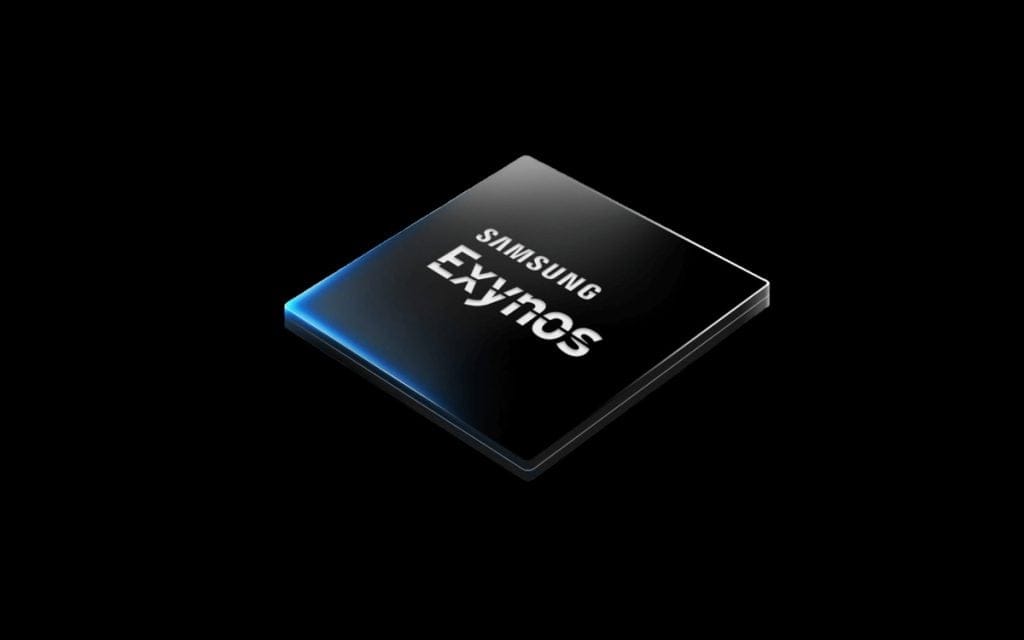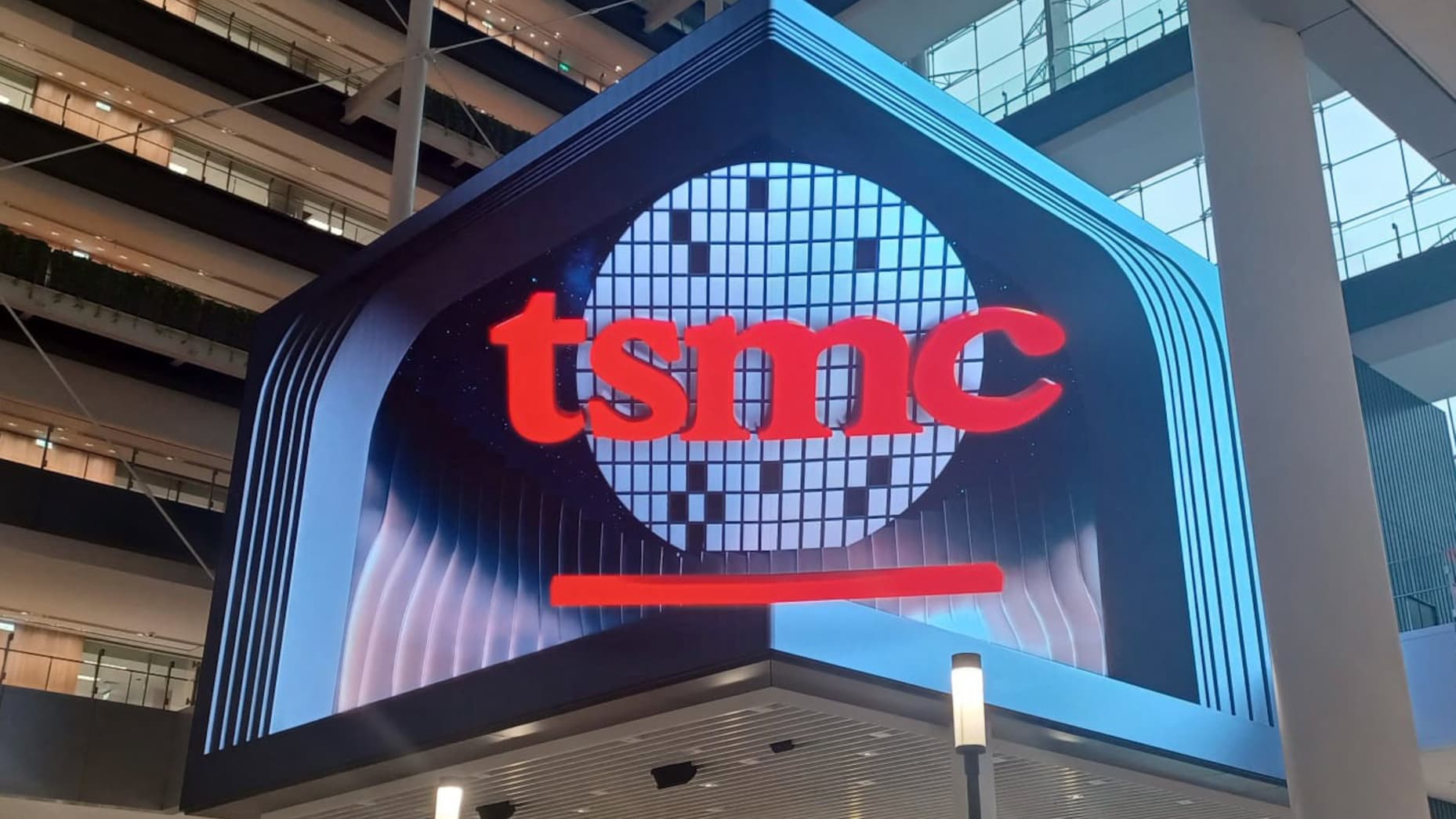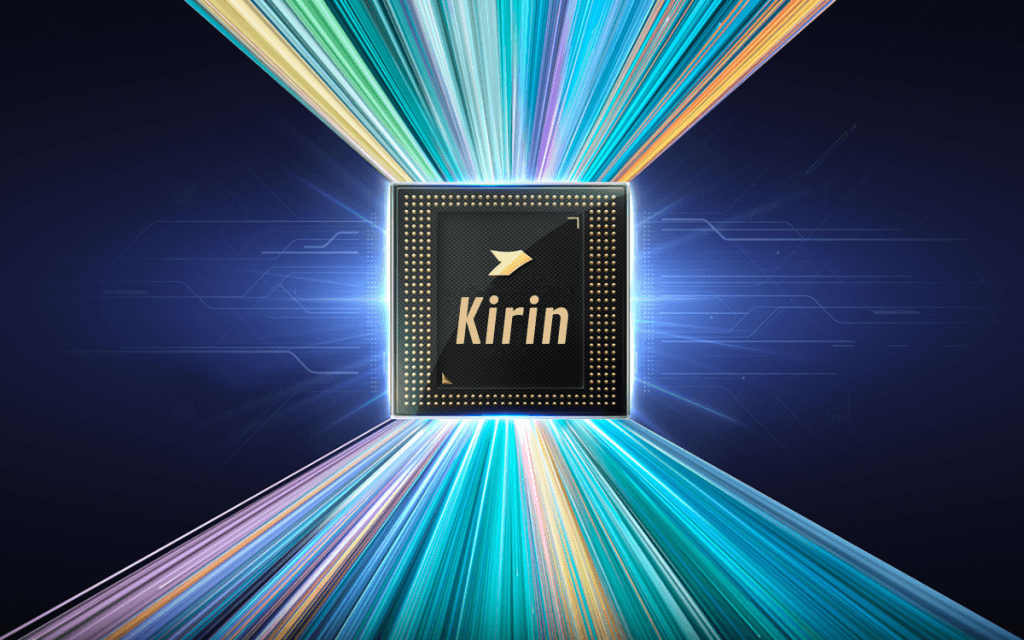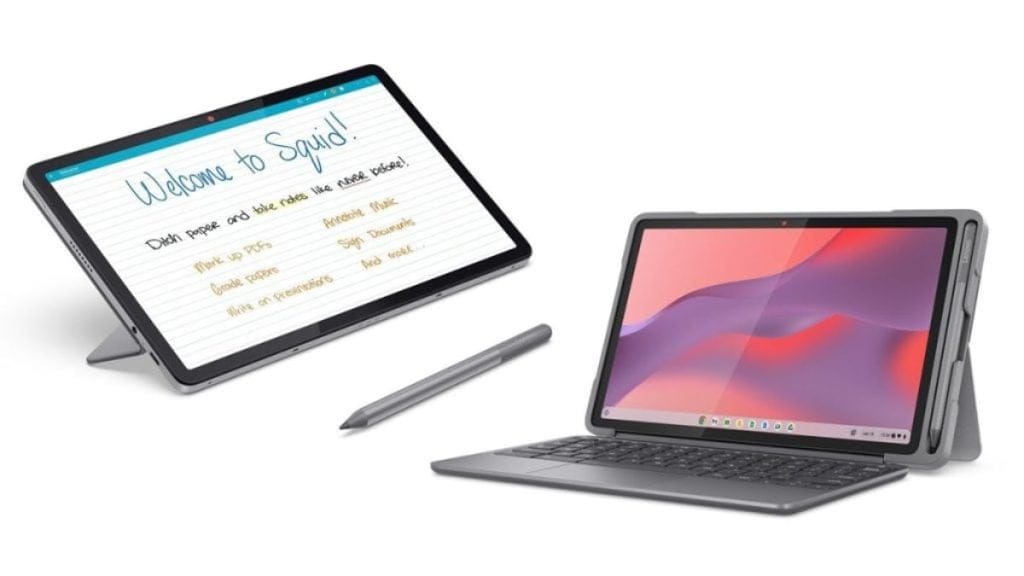Samsung has recently revealed that its Samsung PM9E1 SSD is now in mass production. This SSD comes in the M.2 format, which is currently the most favored design for flash storage among end users, and it connects through PCIe. The PM9E1 takes advantage of PCIe 5.0 with up to eight lanes, allowing it to achieve its maximum performance potential. The SSD offers a peak data rate of 14.5 GByte/s for read operations, while writing data can reach speeds of up to 13 GByte/s. These impressive numbers are likely for sequential data transfers, as such high rates are not typically seen in random file operations. In comparison, the Samsung 990 Pro, which has a storage capacity of 1 TB, is priced at around $100 and achieves speeds of approximately 7,000 MByte/s.
Memory Controller and Data Transfer Rates
In the PM9E1, a 5 nm memory controller and RAM are incorporated, which means that data transfer rates might decrease during extended data transfers. It is still uncertain how significant such high speeds are for average users; thus, it’s probable Samsung targets professional users with the PM9E1, particularly those needing ultra-fast storage for AI model applications. The PM9E1 will be offered in capacities of 512 GB, 1 TB, 2 TB, and 4 TB, enabling the storage of substantial amounts of data.
Energy Efficiency and Security Features
Samsung promotes enhanced energy efficiency, which is beneficial not just for setups with multiple storage devices but also for mobile devices. Additionally, security features have reportedly been strengthened with the implementation of the Security Protocol and Data Model (SPDM) v.1.2. While mass production has commenced, Samsung has yet to provide any specific details regarding the pricing or the expected release date of the PM9E1.


